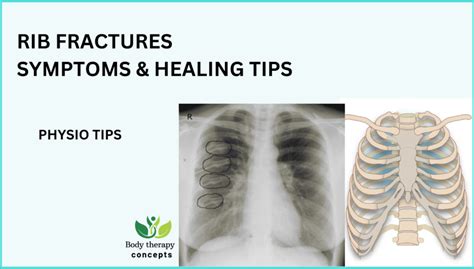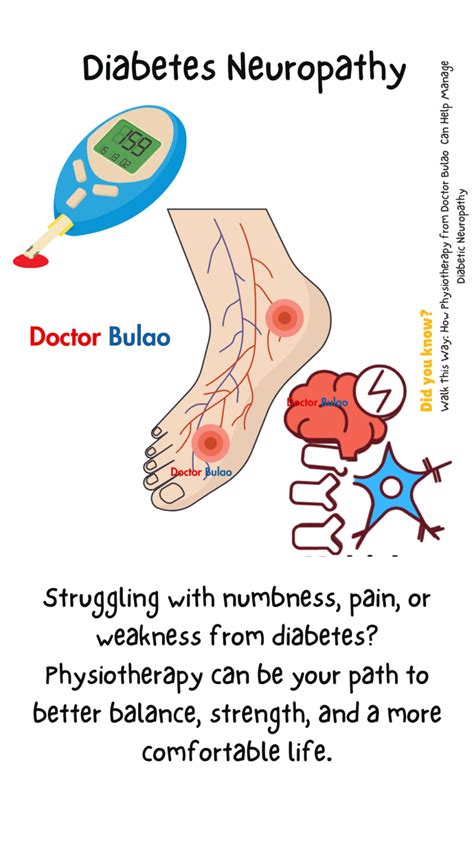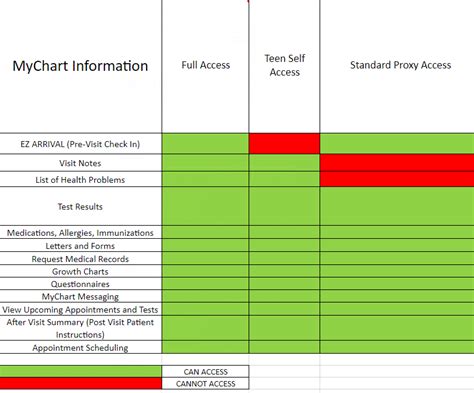Rib injuries can be some of the most painful and debilitating, given the ribs’ role in protecting vital organs and their constant movement with each breath. Healing from a rib injury, whether it’s a fracture, bruise, or strain, requires careful management to ensure proper recovery and minimize complications. The healing process can be influenced by various factors, including the severity of the injury, overall health, and the effectiveness of the treatment approach. Here are 10 rib treatment tips designed to facilitate faster healing and reduce discomfort during the recovery period.
1. Rest and Avoid Strenuous Activities
Resting and avoiding activities that exacerbate the pain or put additional stress on your ribs is crucial. This means taking a break from sports, heavy lifting, or any action that involves bending, twisting, or straining. Giving your body the time it needs to start the healing process without further injury can significantly reduce the recovery time.
2. Apply Ice
Using ice packs wrapped in a cloth to apply cold therapy to the injured area can help reduce pain and inflammation. This should be done for about 15-20 minutes at a time, several times a day. Be cautious not to apply ice directly to the skin to avoid frostbite.
3. Maintain Good Posture
Good posture can help reduce strain on your ribs. When sitting or standing, keep your back straight and your shoulders back. This can help minimize discomfort and prevent further injury.
4. Breathe Deeply but Gently
Deep breathing exercises can help keep your lungs expanded and prevent complications like pneumonia, which can sometimes occur after a rib injury. However, deep breathing should be done gently to avoid causing sharp pains. Taking slow, controlled breaths can help manage discomfort while promoting lung health.
5. Use Pain Relief Medication
Over-the-counter pain relief medications like acetaminophen (Tylenol) can help manage pain and reduce fever. However, it’s essential to follow the recommended dosage and consult with your healthcare provider before taking any medication, especially if you have any pre-existing conditions or take other medications.
6. Protect Your Ribs
For severe injuries, your doctor might recommend a chest splint or brace to provide additional support and protection. However, immobilizing the chest too much can lead to decreased lung function, so it’s crucial to follow medical advice on how and when to use such devices.
7. Consider Physical Therapy
Once the initial pain has subsided, and with the guidance of a healthcare professional, starting physical therapy can help regain strength and mobility in the chest and back muscles. This can aid in a full recovery and reduce the risk of future injuries.
8. Eat a Nutritious Diet
A diet rich in nutrients, especially those that promote bone health like calcium and vitamin D, can support the healing process. Foods high in protein, such as lean meats, fish, eggs, and dairy products, are also beneficial for muscle repair.
9. Stay Hydrated
Drinking plenty of water is essential for overall health and can help your body recover from injury. Aim for at least eight glasses of water a day, and consider increasing this if you’re physically active or live in a hot climate.
10. Follow-Up with Your Healthcare Provider
Finally, it’s crucial to follow up with your healthcare provider as recommended. They can monitor your healing progress, address any concerns or complications early, and provide personalized advice on returning to normal activities.
How long does it typically take for a rib injury to heal?
+The healing time for a rib injury can vary significantly depending on the severity of the injury. Mild bruising may heal within a couple of weeks, while more severe fractures can take 6-8 weeks or even longer to fully recover. It's essential to follow medical advice and attend follow-up appointments to monitor progress.
What are the signs of a more serious rib injury that requires immediate medical attention?
+Signs of a more serious rib injury include severe chest pain that worsens with breathing or movement, difficulty breathing, feeling faint or dizzy, or if you've suffered a blow to the chest and are experiencing any of these symptoms. Additionally, if you notice any deformity of the chest wall or if you're coughing up blood, you should seek immediate medical help.
By incorporating these tips into your recovery plan and remaining vigilant about your body’s signals, you can facilitate a smoother and potentially faster healing process for your rib injury. Remember, each person’s recovery is unique, so patience and adherence to medical guidance are key.



